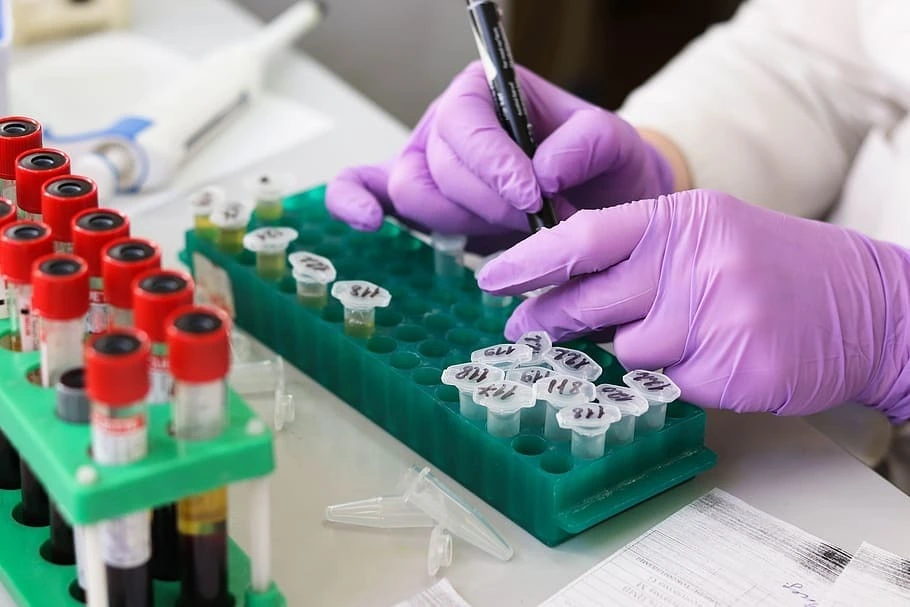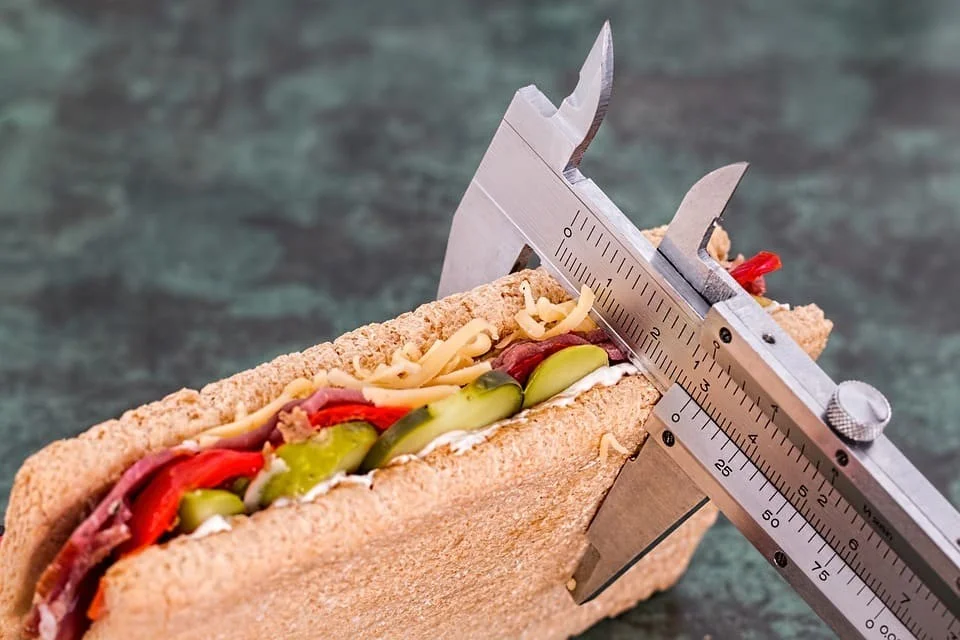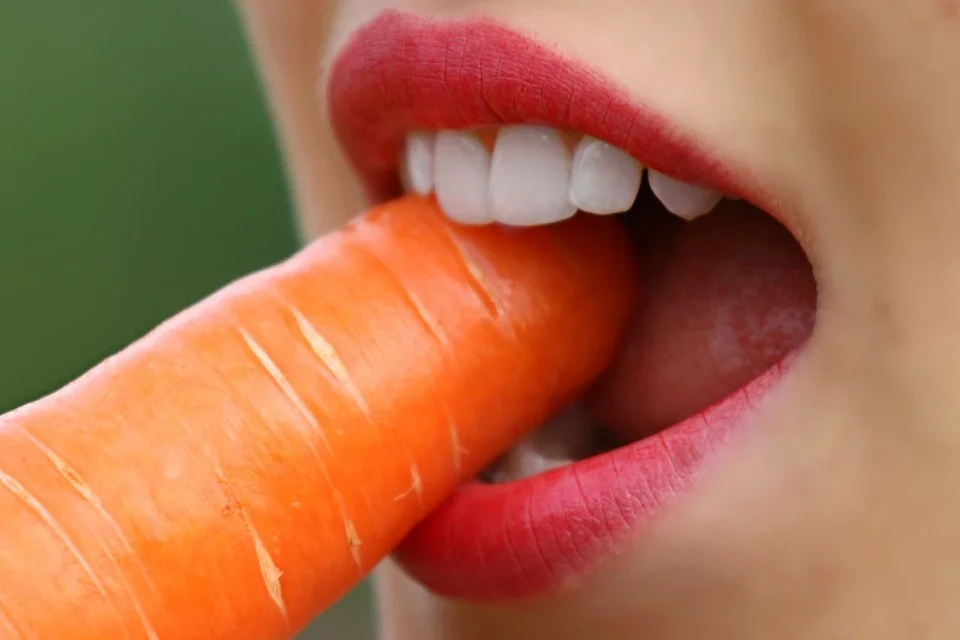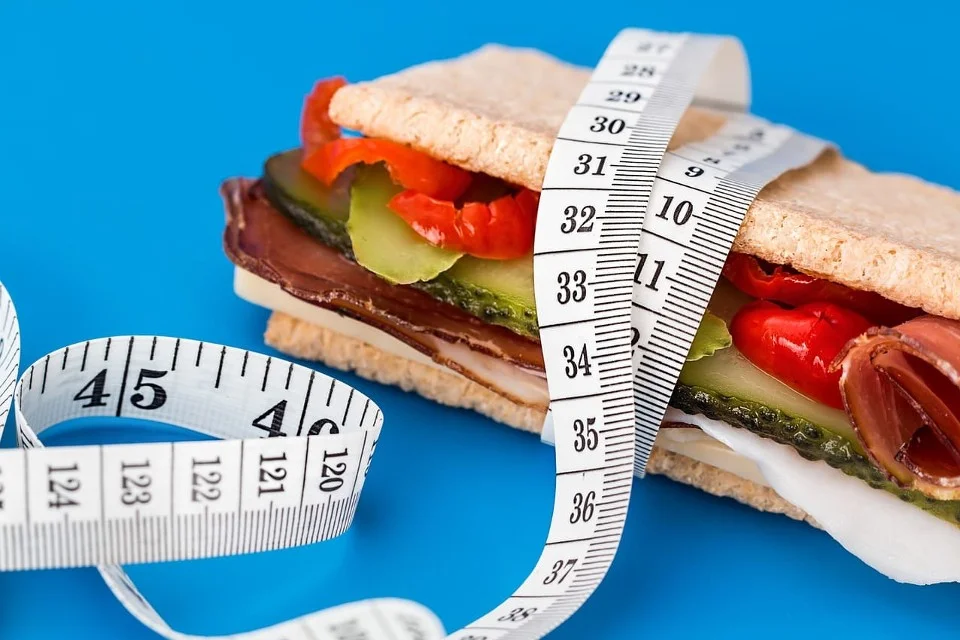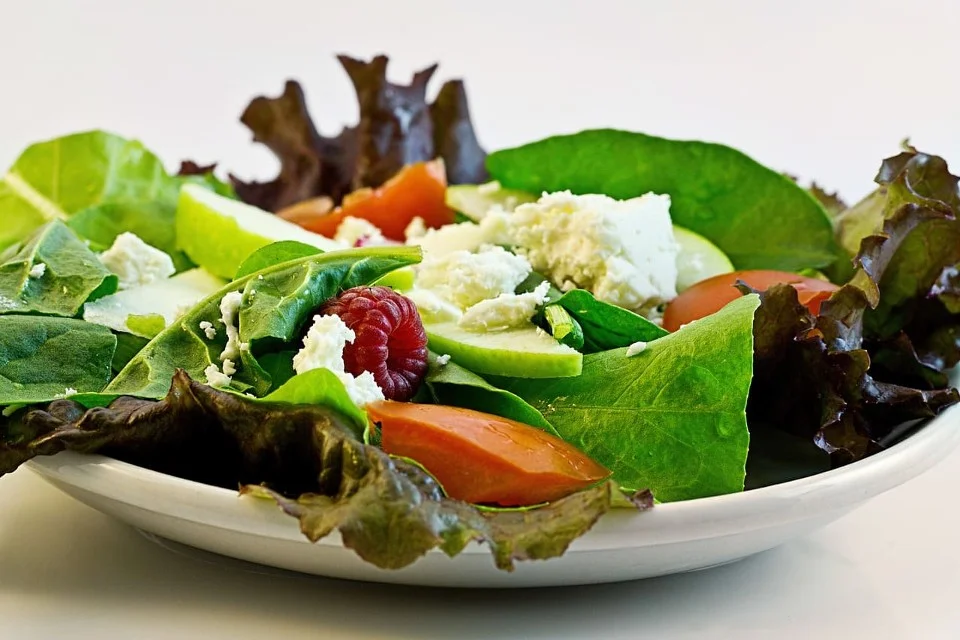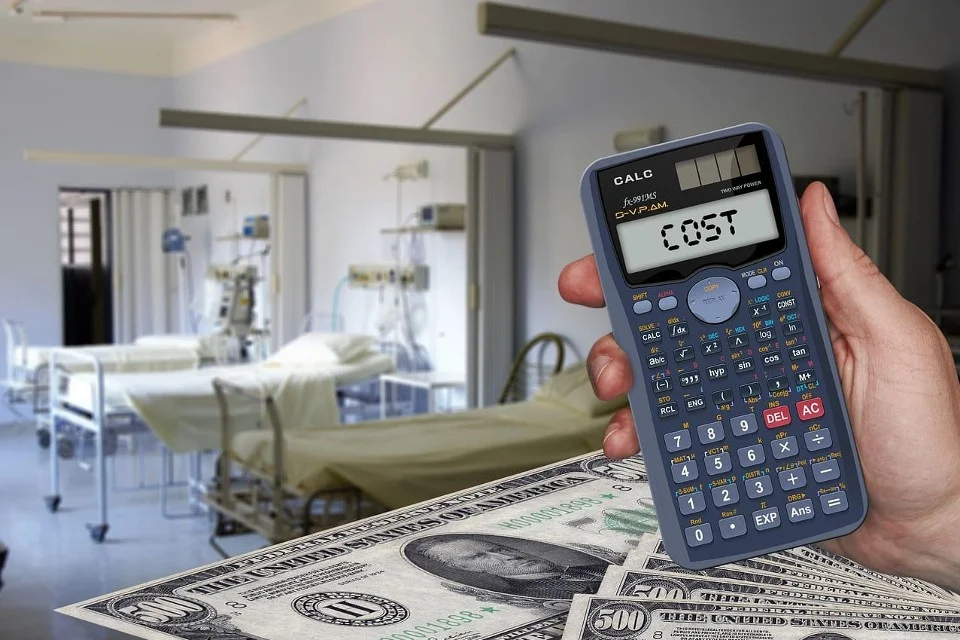How to Fertilization Date Calculator
FEATURES
The Fertilization Date Calculator: Unlocking the Miracle of Life
Introduction
Being a parent is an incredible and amazing experience, and family planning can benefit greatly from an awareness of the complexities of conception. In this process, the fertilization date calculator is a useful tool that provides information about the ideal window for conception. This article discusses the importance of the fertilization date calculator, how it works, and how it can help couples along the way to becoming parents.
The Fertilization Process
A crucial step in the development of life is fertilization, which is the uniting of an egg and a sperm cell. Finding the fertile window—the time when conception is most likely to happen—is crucial to increasing the likelihood of conception. This window of time can be precisely determined with the help of the fertilization date calculator.
How the Calculator for Fertilization Date Operates
Menstrual Cycle Tracking:
Usually, the calculator starts by obtaining data regarding the woman's menstrual cycle. This covers the duration of the menstrual cycle as well as the last menstrual period date (LMP). Knowing the menstrual cycle is essential since it helps determine when ovulation will occur.
Prediction for Ovulation:
An important step in the reproductive cycle is ovulation, which is the release of a mature egg from the ovary. Based on the information entered, the calculator calculates the likely date of ovulation, which usually occurs in the middle of the menstrual cycle.
Fertile Window Identification:
The calculator uses information about the menstrual cycle and the predicted date of ovulation to identify the fertile window, which is the few days that precede and follow ovulation. It is at this period that conception is most likely to happen.
Maximizing Idea
Timing of Intercourse:
Couples that are aware of the fertile window might schedule their sexual activity for this time to maximize the chance of conception. A better understanding of the ideal timing to conceive helps with family planning.
Natural Family Planning:
Based on their family planning objectives, couples can use the fertilization date calculator to help them make educated decisions about whether to try to conceive or prevent conception. It supports natural family planning strategies.
Increasing Conception Odds:
In addition to timing, the calculator might offer advice on lifestyle choices that can improve fertility, like eating a balanced diet, controlling stress, and abstaining from bad habits.
Encouraging the Health of Reproduction
Finding Possible Problems:
Menstrual cycle irregularities or possible fertility-related problems can be found by regularly monitoring and using the fertilization date calculator. Early detection might encourage singles or couples to get help from professionals if necessary.
Reducing Stress and Uncertainty:
By offering a methodical approach to family planning, the fertilization date calculator can help couples facing the difficulties of conception feel less stressed and uncertain. This may result in a proactive and upbeat mentality.
Conclusion:
The fertility date calculator is a great resource for single people and couples who want to start more children. Couples can negotiate the intricacies of fertility with more confidence and understanding by utilizing the insights this tool offers. Although it cannot ensure conception, it gives people the ability to make knowledgeable decisions, which promotes awareness and control over the wonderful road to motherhood.
TOOLS
The Fertilization Date Calculator
FAQ
Ovulation can occur anywhere from 14 days before to the start of your next period, even in women who have regular cycles. However, it can fluctuate from month to month. Monitor both your cervical mucus and basal body temperature to gain a more accurate understanding of when you're ovulating.
About 12 to 14 days prior to the commencement of a new menstrual cycle, you ovulate. Your fertile window lasts for around seven days, which includes the five days before ovulation, the day of ovulation, and the day after ovulation.
The number of days between the first day of bleeding in your previous period to the first day of bleeding in your subsequent one is the duration of your menstrual cycle. To find out the estimated day of your ovulation, take this number and subtract 14 days from the end of your current cycle.
A woman with a regular 28-day cycle typically ovulates around day 14 of each cycle. A woman's estimated ovulation date is adjusted if her cycle is longer or shorter than 28 days. For instance, ovulation occurs about on the tenth day of a 24-day cycle, which is four days shorter than the average.
These include changes in cervical mucus and saliva, breast tenderness, bloating, cramping or pain in the abdomen, and slightly raised body temperature. Although pregnancy can occur up to five days before and one day after ovulation, ovulation is a necessary aspect of your reproductive window.
What signs of pain during ovulation are present? You can have a quick, severe pain, or it might feel like a slight twinge. Usually, the side of your lower abdomen that releases the egg is the only one that hurts. Some people only have discomfort for a short while, while others are in pain all day long.
During ovulation, pain and discomfort are experienced by up to 40% of women. A few minutes to 48 hours can pass as the agony persists. Ovulation discomfort in women can manifest as a variety of symptoms, such as painful pressure, twinges, acute pains, cramps, or intense lower abdominal pain.
If I have sex just after my period, is it possible for me to become pregnant? Indeed! Unprotected sexual activity is dangerous and can lead to pregnancy at any time. Ovulation, which occurs a few days after the end of your menstrual cycle, is when women are most likely to become pregnant.
Reviews
Ratings Summary:
Average Rating: 4.8
Rating Count: 12456
Existing Reviews
John Doe
Rating: 4
Great product, highly recommended!
Jane Smith
Rating: 5
Amazing service, will definitely come back.
Specific Fertile Days Estimator
Thank you for using our services
If you could share our website with your friends, that would be a great help
